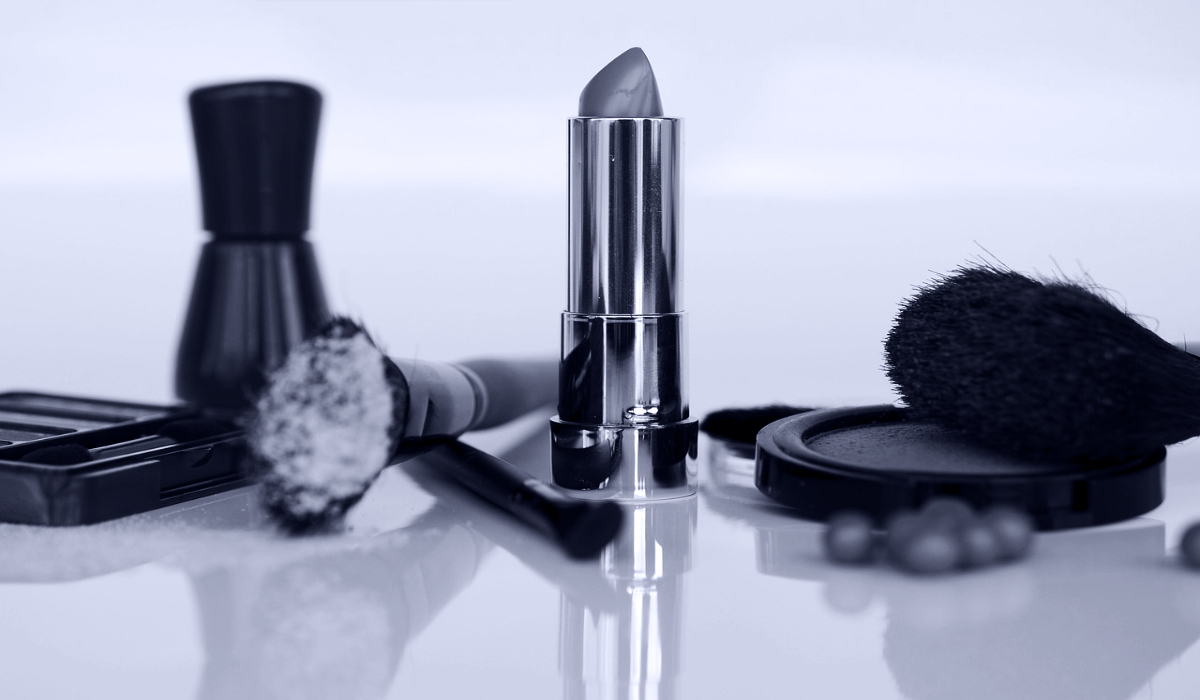On 14.03.2024, the European Commission published its annual report on the Safety Gate, the EU’s rapid alert system for product safety. The rapid alert system enables a rapid exchange of information between the European Member States and the European Commission on dangerous non-food products that pose a risk to consumer health and safety. The report dated 14.03.2024 refers to alerts from 2023 and contains information on the products classified as dangerous, a description of the risks and the measures taken by economic operators or ordered by the authorities.
The annual report shows that in 2023, the Safety Gate recorded the highest number of alerts validated since the system was set up in 2003, with over 3,000 alerts. Apart from this very high number of alerts, the breakdown by product category also differed significantly from the pattern observed in previous years. Last year, the product category “cosmetics” led the way for the first time, ahead of the product categories “toys” and “motor vehicles”. More than 1,000 entries on dangerous cosmetics can be found on the Safety Gate website. Measured against the total number of warnings, the proportion of dangerous cosmetics has more than tripled compared to 2022. According to the report, this trend is due to the fact that the market surveillance authorities increasingly focused on cosmetic products as part of the enforcement of effective restrictions on chemicals under Regulation (EC) No. 1907/2006 (“REACH Regulation”) in order to check for the presence of banned hazardous chemical ingredients.
Against this background, it is not surprising that the legislator has also become increasingly active in the area of cosmetics legislation in recent weeks and months. With the last amendment to Regulation (EC) No. 1223/2009 (hereinafter referred to as the “Cosmetics Regulation”) through the Commission’s Regulation (EU) 2024/858 of 14.03.2024, it banned and restricted a number of nanomaterials in cosmetic products (see I.). In addition, the Borderline Manual, which provides guidance to standard users and competent authorities on the classification of products, has been updated and expanded to include two new entries (see II.). This article presents the current developments in detail.
I. Regulation (EU) 2024/858 – Introduction of new restrictions and bans on nanomaterials
Regulation (EU) 2024/858 (hereinafter referred to as the “amending Regulation”) contains numerous bans and restrictions on the use of nanomaterials in cosmetic products. According to Art. 2 para. 1 lit. k) Cosmetics Regulation, a “nanomaterial” is an insoluble or biologically stable and intentionally manufactured material with one or more external dimensions or an internal structure in the order of 1 to 100 nanometres.
According to Art. 16 para. 1 of the Cosmetics Regulation, a high level of health protection must be ensured for any cosmetic product containing nanomaterials. Taking into account the opinion of the Scientific Committee on Consumer Safety (SCCS) and if there is a potential risk to human health, even if insufficient data is available, Art. 16 para. 6 of the Cosmetics Regulation authorises the European Commission to restrict or completely prohibit the use of nanomaterials in Annexes II and III of the Cosmetics Regulation.
1. New bans on nanomaterials
The European Commission made use of this legislative authorisation with the amending Regulation of 14.03.2024 and, taking into account the scientific opinions of the SCCS, banned the following nanomaterials in the periods between January 2021 and March 2023 by including them in Annex II of the Cosmetics Regulation:
- Styrene-acrylate copolymer (nano), sodium styrene-acrylate copolymer (CAS No. 9010-92-8);
- Colloidal silver (nano) (CAS No. 7440-22-4);
- Copper (nano), colloidal copper (nano) (CAS No. 774-50-8);
- Gold (nano), colloidal gold (nano) (CAS No. 7440-57-5);
- Gold thiothylamine hyaluronic acid (nano) (CAS No. 1360157-34-1);
- Acetylheptapeptide-9-colloidal gold (nano) (CAS No. not specified);
- Paltin (nano), colloidal platinum (nano) (CAS No. 7440-06-4);
- Acetyltetrapeptide-17-colloidal platinum (nano) (CAS No. not specified).
What all the above-mentioned nanomaterials have in common is that they can pose a health risk to consumers when the physico-chemical and toxicological aspects as well as the exposure aspects are taken into account together when used in cosmetic products (see recitals (2) to (5) of the amending Regulation).
2. New restrictions for nanomaterials
Furthermore, the European Commission provides for a restriction of hydroxyapatite (nano) (CAS no. 1306-06-5/12167-74-7) in the amending regulation. According to the scientific opinion of the SCCS, hydroxyapatite (nano) should be safe when used in concentrations of up to 10% in toothpastes and up to 0.465% in mouthwashes. However, there would be no data available to assess the safety of consumers from exposure through inhalation, which is why the SCCS emphasised in its opinion that its conclusions do not apply to sprayable products that could lead to exposure of the consumer’s lungs to nanoparticles through inhalation (see recital (6) of the amending Regulation). Accordingly, the use of hydroxyapatite (nano) in cosmetic products poses a potential risk to human health.
Against this background, the Commission has restricted the use of this nanomaterial by including it in Annex III of the Cosmetics Regulation if the concentration of this substance exceeds the specified values in toothpastes and mouthwashes or if it is used in sprayable products that could lead to exposure of the consumer’s lungs to nanoparticles through inhalation.
3. Transitional periods
Finally, the amending Regulation provides for transitional periods so that affected economic operators have sufficient time to comply with the new restrictions and bans. The transitional periods can be found in footnote “(*)” to the Annex to the amending Regulation and stipulate that cosmetic products containing the nanomaterials in question that do not comply with the restrictions and/or bans may no longer be placed on the market in the Union from 01.02.2025 and may no longer be made available on the Union market from 01.11.2025.
II. Update of the Borderline Manual
The European Commission published an updated version of the Borderline Manual on its website on 20.02.2024. This is a manual that is compiled by a working group specialising in cosmetic products and is intended to provide guidance for both provision addressees and competent authorities on product-related borderline issues. Although these are explicitly non-binding guidelines, they can be used by the courts for interpretation in the event of a dispute and thus indirectly gain de facto validity.
The guidance refers specifically to the question of whether a product group falls within the scope of the Cosmetics Regulation or not. The product in question must be a “cosmetic product” in order to fall within the scope of the Cosmetics Regulation (Art. 1 Cosmetics Regulation). According to the legal definition of Art. 2 para. 1 lit. a) of the Cosmetics Regulation, “cosmetic products” are substances or mixtures intended to come into external contact with parts of the human body (skin, hair system, nails, lips and external intimate regions) or with the teeth and vulva of the oral cavity for the sole or predominant purpose of cleansing, perfuming, altering the appearance, protecting, maintaining in good condition or affecting body odour.
The updated version now contains the following two new entries:
- Section 358 contains a classification guide for glues/adhesives for attaching objects such as artificial nails, false eyelashes and jewellery to teeth, etc. Based on the legal definition of a cosmetic product, the working group clarifies that glues/adhesives that only have the function of attaching an object to an external part of the body, such as the eyelid or nail plate, cannot be considered a cosmetic product as they do not have a cosmetic function. The main function is rather to fix the product to the body.
- Section 359 addresses the classification of magnetic eyeliners. These are products that are applied above the lash line like a normal eyeliner, but at the same time allow false eyelashes to be attached to the eyelid. As long as it is a coloured magnetic eye pencil that makes it possible to change the appearance, in this case of the eye area, within the meaning of Art. 2 para. 1 lit. a) of the Cosmetics Regulation, it can be classified as a cosmetic product.
III. Outlook
Due to the increase in substance-related findings, not least against the background of the planned strengthening of the European “one substance, one assessment” approach, substance restrictions and bans are also likely to increase within the framework of the Cosmetics Regulation. Although specific changes are partly predetermined by amendments to the CLP Regulation, they may also result from other contexts. It is therefore becoming increasingly important, particularly for responsible persons under the Cosmetics Regulation, to maintain or establish comprehensive and forward-looking substance-related monitoring.
Do you have any questions or would you like to discuss the news with the author? Please contact: Dr. Zeynep Schreitmüller or Michael Öttinger






